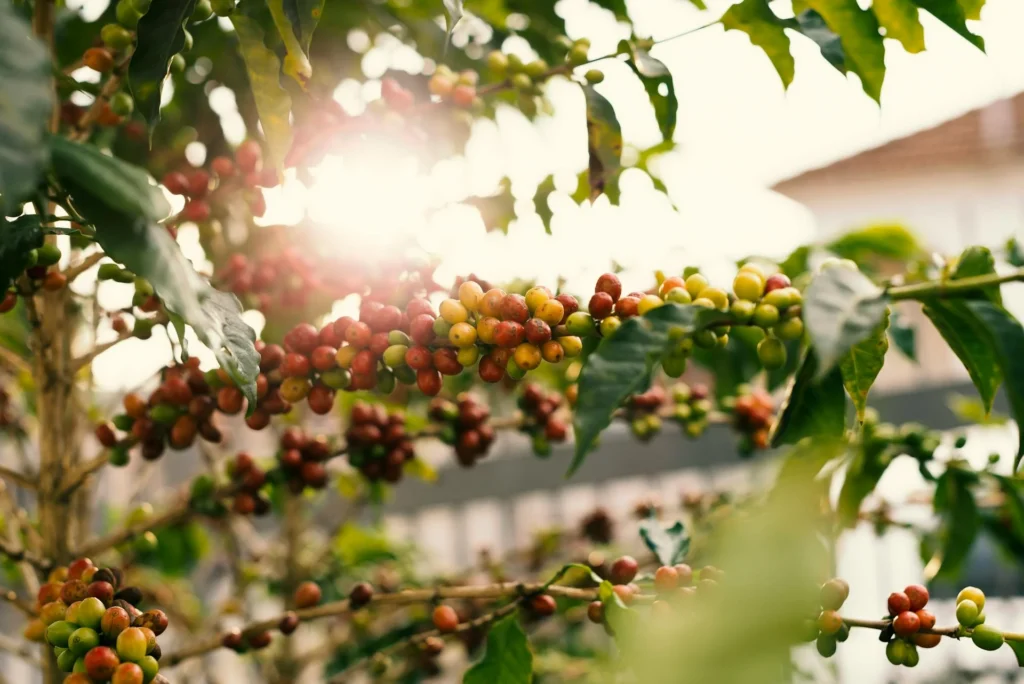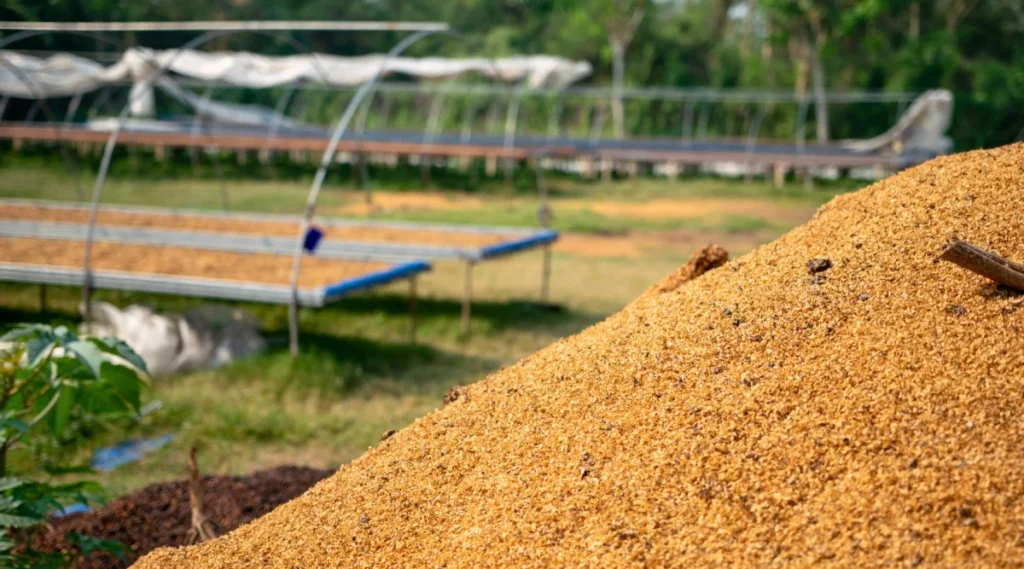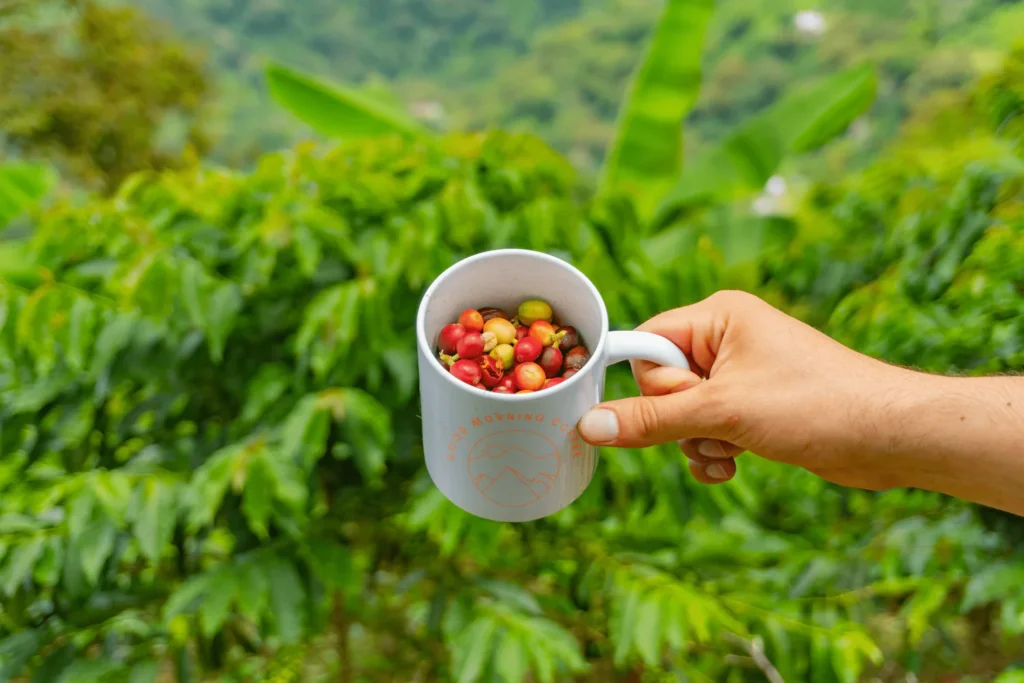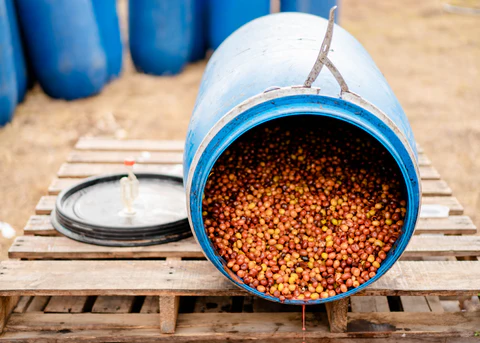Colombian coffee is often hailed as some of the best in the world—but what happens when you take those celebrated beans and run them through the high-pressure demands of espresso? The result, when handled properly, can be extraordinary. But getting there requires an understanding of Colombia’s altitudes, microclimates, processing techniques, and bean density—all of which affect how colombian beans perform in espresso machine.

In this guide, we’ll explore what makes Colombian beans ideal (or tricky) for espresso, how to dial them in, and why they remain a favorite in both single-origin shots and blends.
What Makes Colombian Coffee Unique?
Colombia is the third-largest coffee producer in the world, and its beans are known for:
- High altitudes (1,200–2,200m)
- Volcanic, nutrient-rich soil
- Mild, consistent temperatures
- Rain-fed farming and traditional harvesting methods
These natural advantages lead to dense beans packed with sugars and complex organic acids—essential traits for crafting expressive, high-quality espresso.

Bean Density and Solubility in Espresso Brewing
Colombian beans grown at higher elevations tend to be denser and harder, which means they require:
- Higher extraction temperatures
- Longer pre-infusion
- More precise grind and dose adjustments
Denser beans are more resistant to water and pressure—perfect for balanced, syrupy espresso when dialed in, but prone to under-extraction if not.
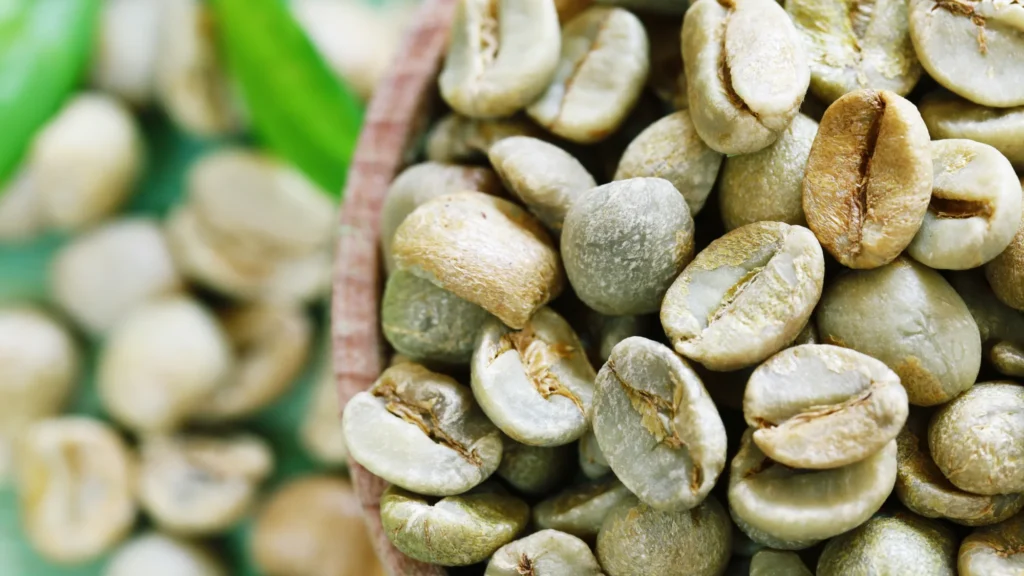
Flavor Profiles of Colombian Espresso
Colombian beans are prized for their balance and versatility. You’ll often find:
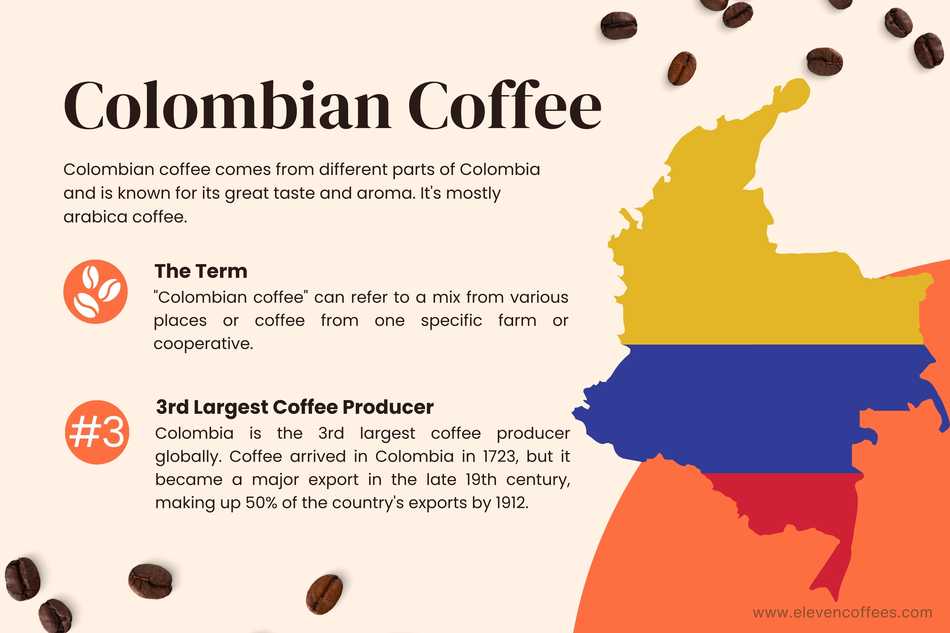

- Red fruit brightness (cherry, raspberry)
- Citrus acidity (orange, lime, tangerine)
- Brown sugar sweetness
- Hints of cocoa or caramel
How These Translate in Espresso
- Acidity: Translates into juicy brightness when extracted well
- Sweetness: Rounds out body and creates a long finish
- Complexity: Allows for both single-origin shots and nuanced blends
Barista writing “tangerine, cocoa, creamy body” on a Colombian espresso card

Colombian Regions and Their Espresso Potential
Huila
- Notes: Tangerine, panela, red apple
- Espresso Behavior: Juicy and balanced, medium body

Nariño
- Notes: Floral, lime, apricot
- Espresso Behavior: Bright acidity, aromatic, best for straight shots
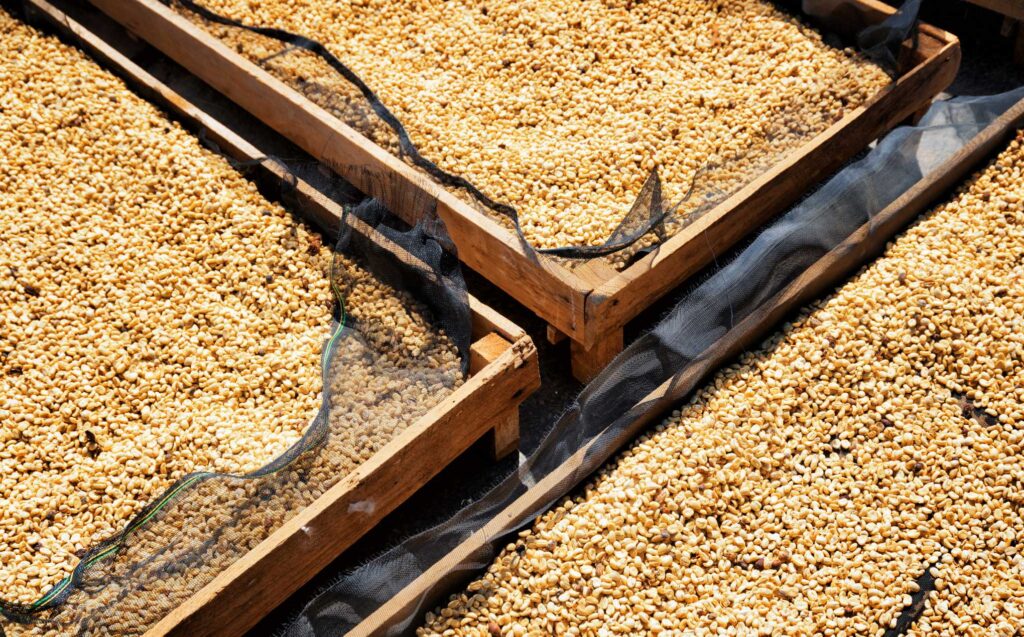
Antioquia
- Notes: Cocoa, nutty, vanilla
- Espresso Behavior: Smooth body, great in blends

Tolima
- Notes: Black tea, berries, spice
- Espresso Behavior: Clean cup, medium body, soft acidity
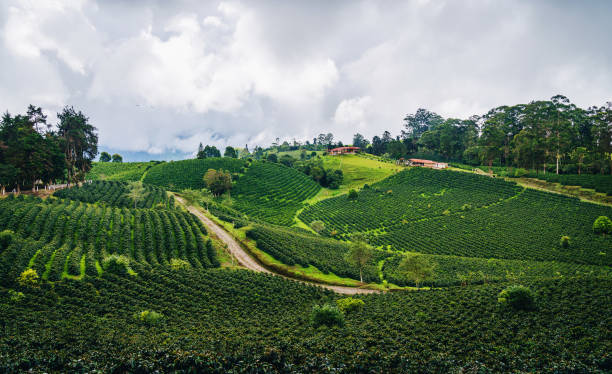
Washed Processing and Its Effect on Espresso
Most Colombian coffee is washed (wet-processed), meaning the beans are fermented and rinsed before drying. This enhances:
- Acidity
- Clarity
- Flavor precision
While washed beans are ideal for espresso clarity, they also require precise dialing in to avoid over-accentuating acidity or sourness.
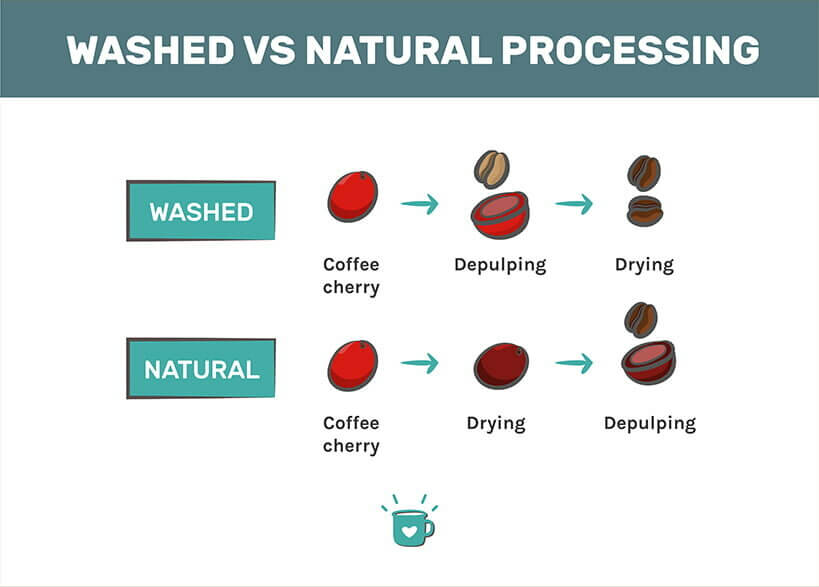
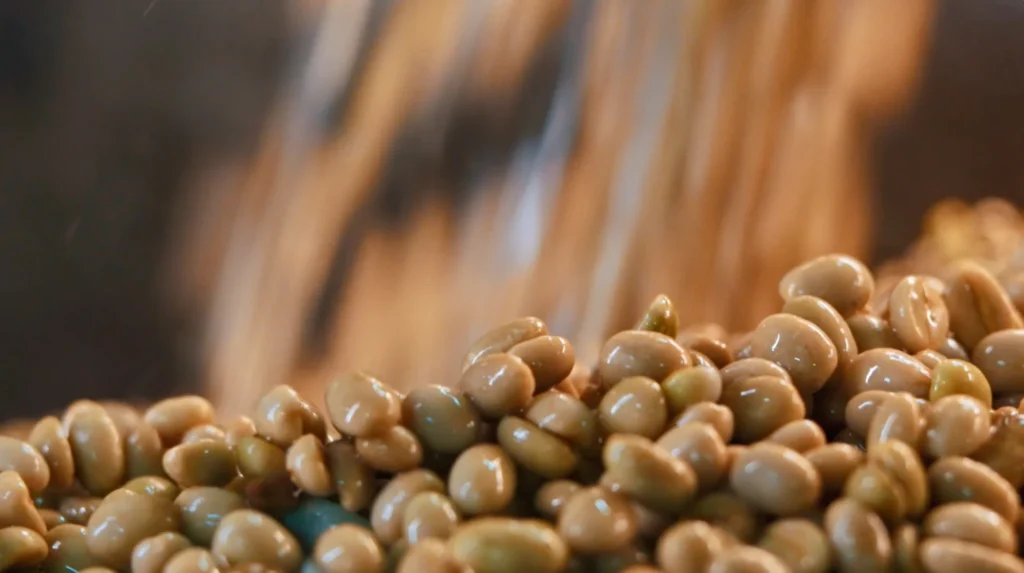
Roast Profile and Espresso Balance
Colombian beans are often roasted to a medium or medium-dark level to bring out sweetness and balance acidity. Going too dark can:
- Flatten origin-specific notes
- Introduce bitterness or smokiness
- Overwhelm delicate flavors with roast
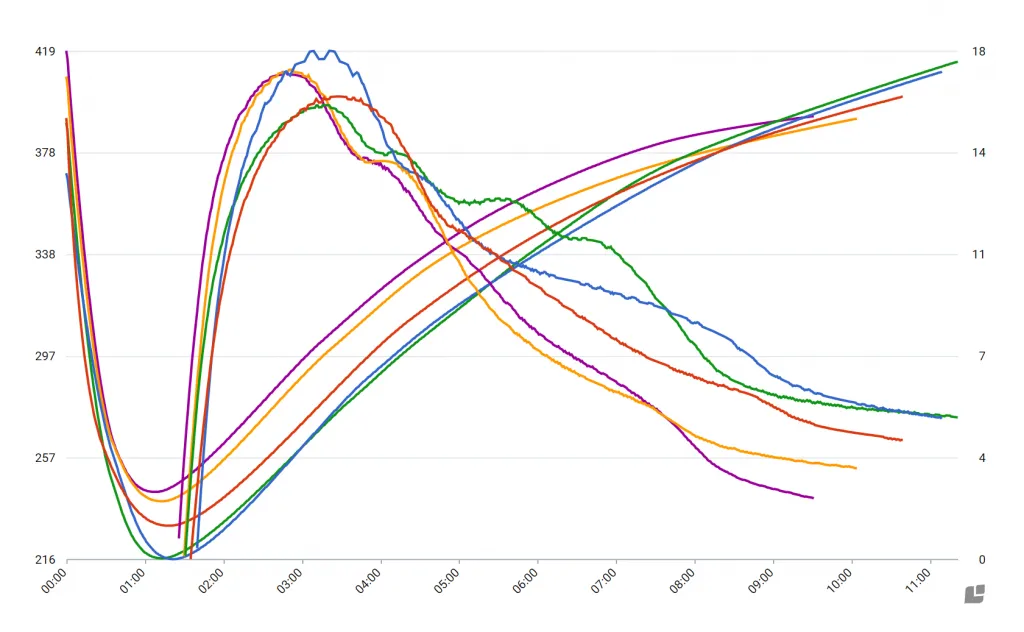

Dialing In Colombian Espresso at Home or in a Café
Starting Recipe
- Dose: 18g
- Yield: 36–38g
- Time: 27–30 seconds
- Temp: 200–202°F
- Pre-infusion: 3–5 seconds if possible

Troubleshooting Guide
- Problem Flavor Issue Fix
- Sour shot Under-extraction Finer grind, longer time
- Bitter shot Over-extraction Coarser grind, reduce temp
- Weak body Underdeveloped roast Adjust roast or try longer ratio
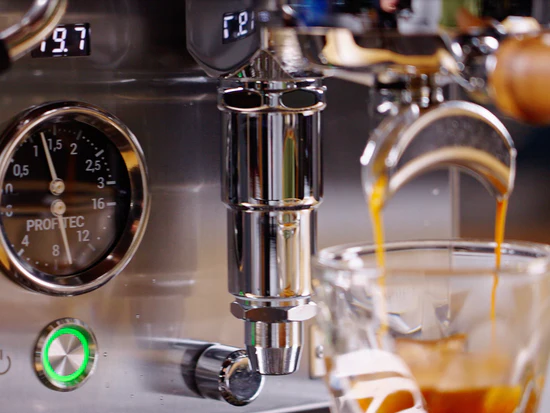
Colombian Beans in Espresso Blends
Colombian beans are often used as the foundation of espresso blends due to:
- Sweet, clean base
- Medium acidity
- Versatility with milk or black
They pair well with Brazil (body), Ethiopia (florals), or Sumatra (earthy depth) to create balanced, approachable espressos.
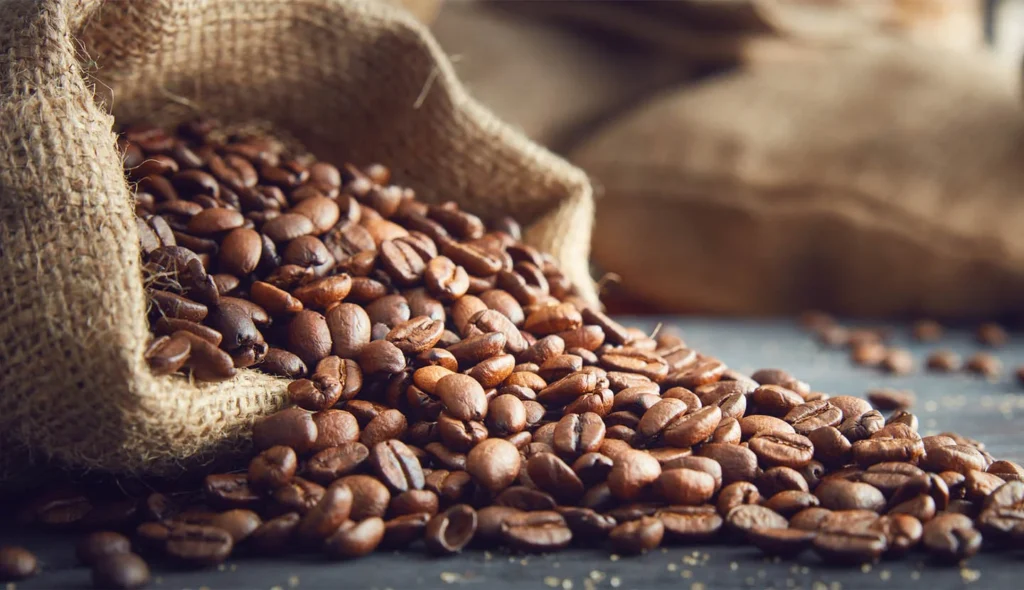
Final Thoughts: Why Colombian Beans Deserve a Spot in Your Hopper
Colombian coffee isn’t just famous—it’s espresso-proven. With high-altitude growth, meticulous processing, and balanced flavor profiles, it excels both as a single origin and in blends.
Whether you’re pulling shots at home or sourcing for a café, Colombian beans offer a wide flavor range, reliable performance, and the kind of clarity that brings espresso to life.
Written by Jose Luis Surjan
Espresso & Latin Food Expert

